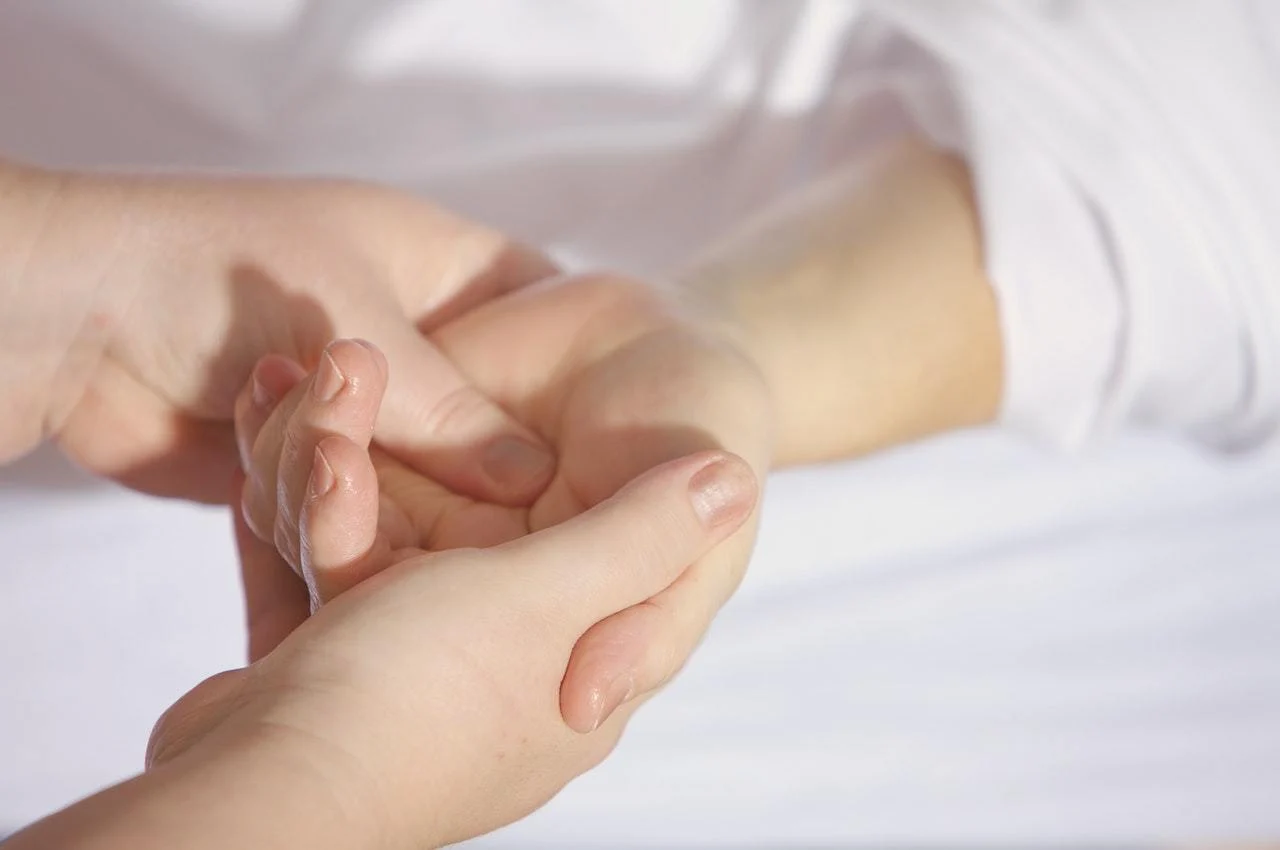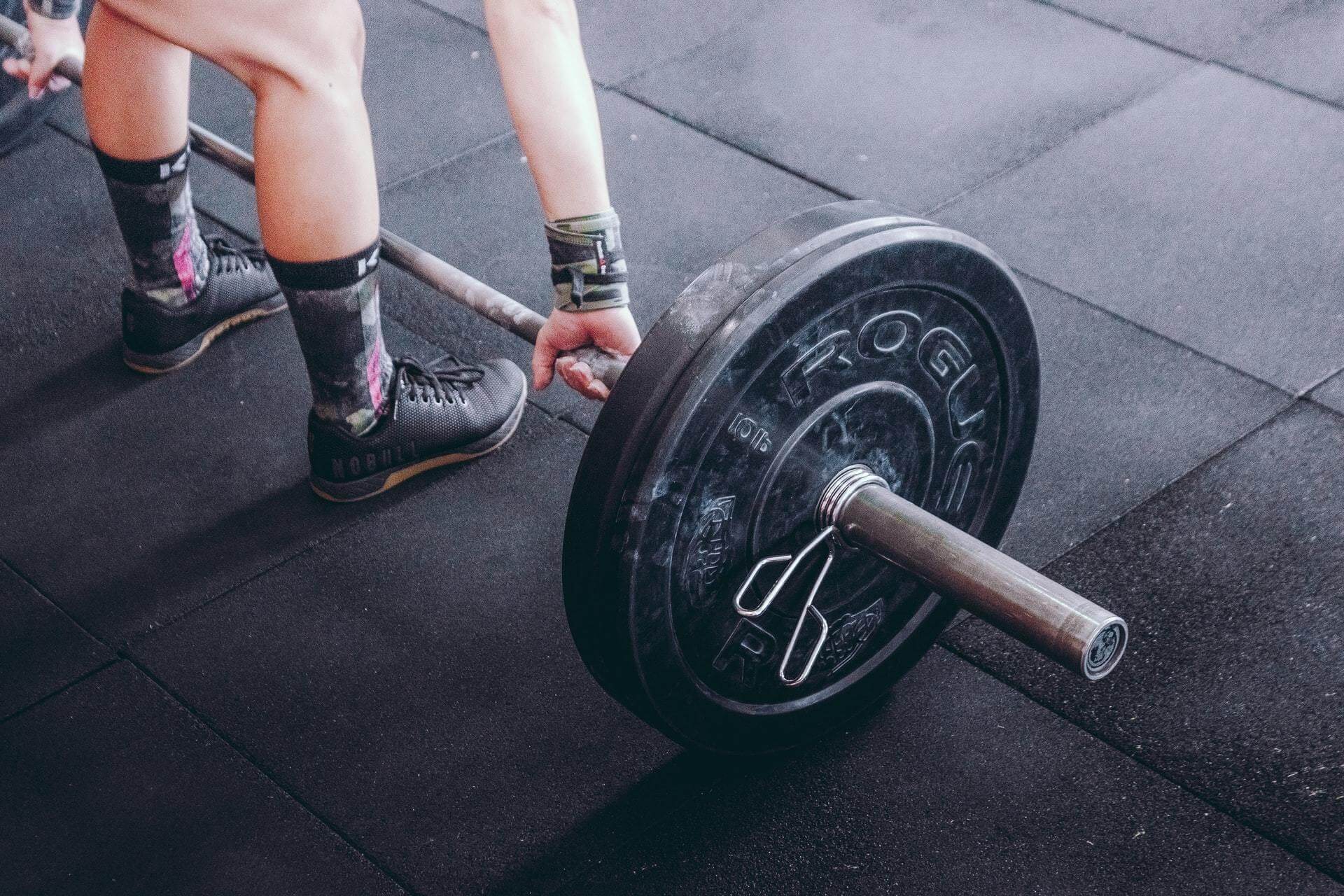Reflexology is an ancient therapy dating back thousands of years . It involves applying pressure to reflex points in the hands and feet in order to promote healing throughout the body.
If you’re dealing with aches, pains, or chronic stress, you may wonder if this holistic practice is worth trying out. But what exactly is reflexology, and what is it good for? Beyond that, what does the science have to say about it?
Below, we’ll cover some of the basics of reflexology, including what it is, the current research on it, and theories about how it works.
What Is Reflexology?
Reflexology is a practice that uses pressure points in the hands and feet to boost circulation, promote healing, and relieve pain in the body. Its earliest recorded evidence dates back to ancient Egypt , although some people believe it has existed for much longer.
Nowadays, reflexology is viewed as a complementary (rather than alternative) therapy. In other words, this practice is best used alongside conventional medicine, and not necessarily in place of it.
What Is Reflexology Good For?
While reflexology cannot cure or prevent illness or disease, plenty of people experience extraordinary benefits from its use.
Here are some of the most well-known benefits of reflexology:
Eases Pain
Countless people find that reflexology eases their pain to some degree. And astoundingly, early research seems to support this.
One small trial found that reflexology may offer pain-relieving benefits for people with lower back pain. Furthermore, another 2013 study found that six weeks of foot reflexology significantly lowered pain scores in patients with rheumatoid arthritis.
Relieves Stress and Promotes Relaxation
Reflexology appears to offer incredible calming and mood-boosting benefits for people from all walks of life.
One study found that self-foot reflexology helped reduce perceived stress in premenopausal women. A 2020 meta-analysis also found that it may be beneficial for adults dealing with high levels of stress and anxiety.
Boosts Energy Levels
Tentative research suggests that people may feel more energized when they receive regular reflexology massage. In fact, a small 2018 study found that reflexology reduced fatigue and improved mood in women with multiple sclerosis.
Additionally, a 2019 study found that five days of reflexology helped reduce fatigue and improve sleep in patients with lymphoma.
How Does Reflexology Work?
In truth, we still don’t know the exact mechanisms behind this holistic therapy. With that being said, here are some of the most popular theories that can help explain it:
Reducing Pain by Boosting Mood and Relaxation
Some people believe that reflexology’s benefits are thanks to its stress-relieving effects. In essence, calming touch from another human being reduces stress throughout the body, leading to physical benefits later on.
Some research notes that higher stress levels increase pain sensitivity , while lower stress levels can lower pain sensitivity. Aside from that, lower stress also provides other health benefits , including better sleep, less muscle tension, and deeper breathing.
Vital (Qi) Energy Theory
In Traditional Chinese Medicine (TCM), there is a belief that energy exists within all of us. This energy is known as Qi (pronounced “chi”), or lifeforce energy.
TCM believes our energy flow becomes blocked when we collect too much stress in our bodies. And in practices like reflexology, it is thought that we can clear these energy blockages to bring our bodies back to an optimal state of well-being.
Zone Theory
The zone theory is based on the idea that there are ten vertical zones in the body, beginning at each of the toes and reaching the top of the head.
Many modern reflexologists believe that these zones are connected through the central nervous system and can be accessed through pressure points in the hands and feet.
When Shouldn’t You Use Reflexology?
Reflexology is a generally safe and non-invasive practice. However, there are also certain scenarios where you may want to avoid it.
According to the University of Minnesota , here are times when you should steer clear of this holistic therapy:
- When you have a foot injury
- During pregnancy
- When you have open wounds
- If you have blood clotting issues
It's best to err on the side of caution when adding any new practice to your wellness routine. So, be sure to talk with your doctor about your health conditions or concerns before starting reflexology.
How to Try Reflexology at Home
If you’ve determined that reflexology is safe for you, you can easily practice it at home. Here’s how you can carry out a self-reflexology massage session:
- Use a foot or hand reflexology map to determine which part of the body you want to target.
- Then, simply apply pressure to those specific areas by using your thumb in circular motions.
If you’re interested in more ways to self-massage, you can also try using a high-quality massager alongside reflexology.
MedMassager’s Foot Massager Classic is one FDA-certified device designed to promote deep healing and restoration, both in the feet and throughout the body. It uses therapeutic technology and oscillating patterns to mimic a masseuse’s hands, so that you can get the most out of your wellness routine each day.
Click here to view MedMassager’s full range of medical massagers, or visit this page to learn more about how to use massage to improve your well-being today.



